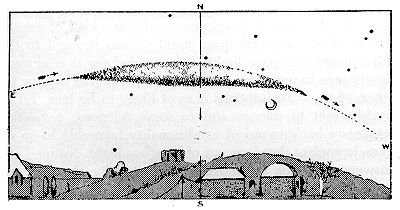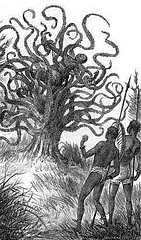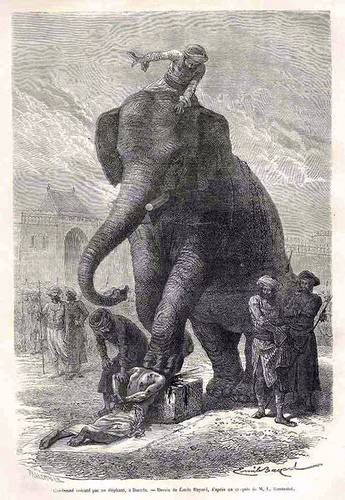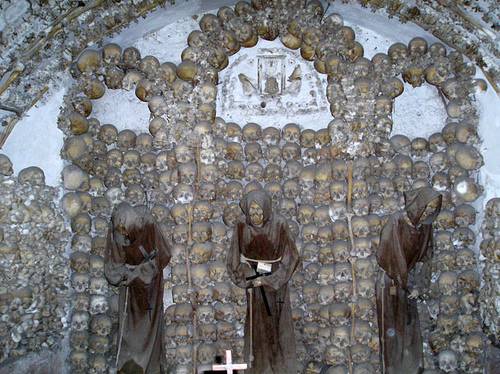Two months ago an unmanned catamaran appeared near Australia’s Great Barrier Reef. The Kaz II had set out safely from nearby Airlie Beach four days earlier. Her engine was running, and her radio and navigation system were working. The sails were up, though one was badly shredded. Survival equipment, including three life jackets and an emergency beacon, were found on board. Investigators even found a laptop running and the table laid for dinner. But the three-man crew were nowhere to be found.
A search was called off after two days. That’s all anyone knows.





